We may earn money or products from the companies mentioned in this post.
Introduction
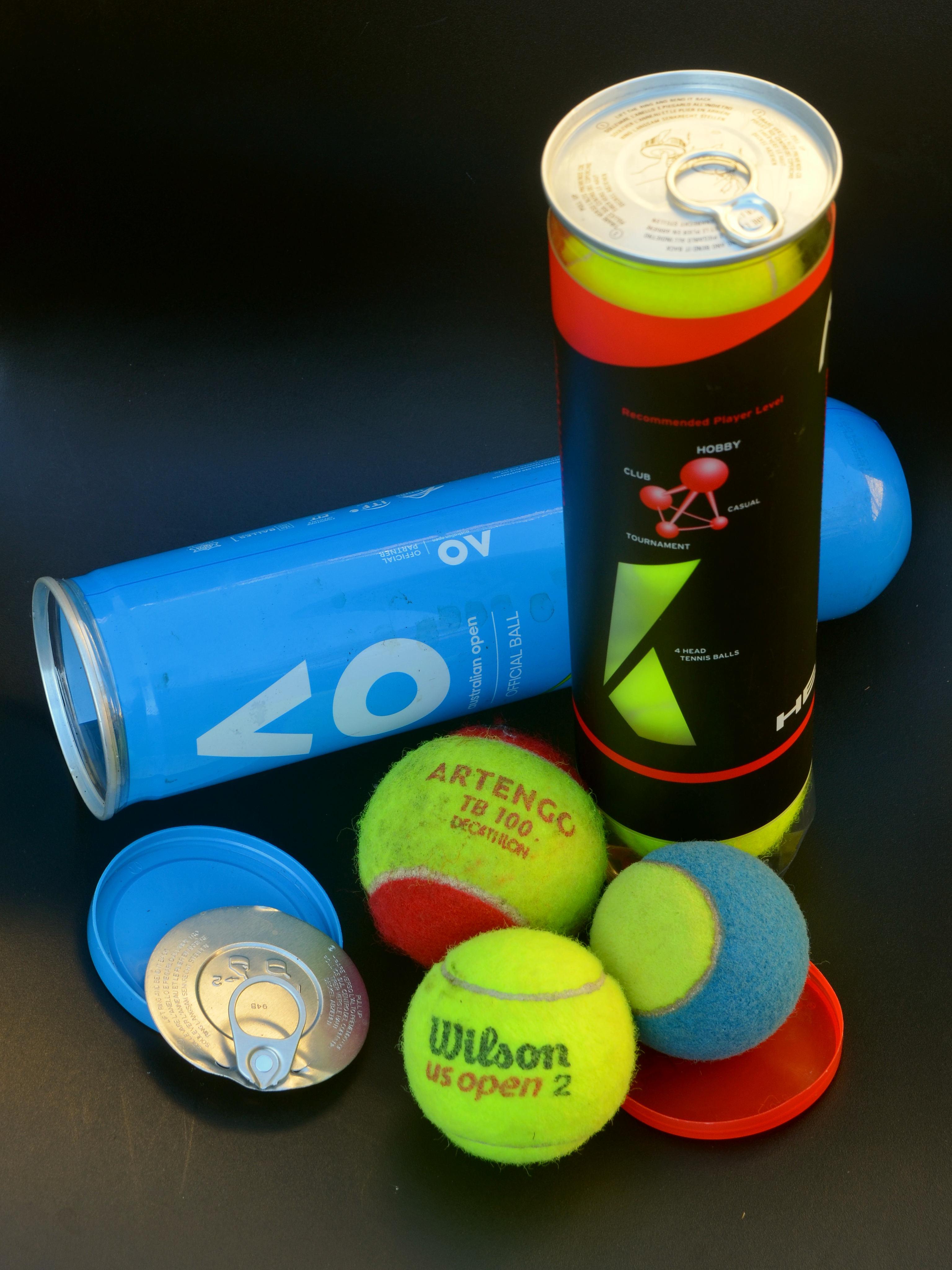
Welcome to the world of tennis balls! In this article, we’ll take a closer look at these little fuzzy spheres that have become an integral part of the beloved sport of tennis We’ll delve into their fascinating history, explore their evolution over time, and discuss why they are so crucial in the game Additionally, we will uncover the reasons behind packaging tennis balls in those familiar cans and provide answers to some common questions that often arise on this topic
A Brief Overview of Tennis Balls
Let’s begin by diving into the rich history of tennis balls Did you know that they were originally made from leather stuffed with human or animal hair? It wasn’t until the 19th century that manufacturers began utilizing rubber as a core material This innovation revolutionized the game by providing a consistent bounce and improved durability
Tennis balls play a vital role in every match They are used for serving, rallying, and scoring points Without them, the sport simply wouldn’t be possible! The characteristics of these little yellow orbs – their weight, size, and bounce – greatly impact gameplay, making them an essential aspect of any tennis player’s equipment arsenal
Purpose of This Article
Now let’s shift our focus towards understanding why tennis balls are packaged in those distinctive cans Have you ever wondered why they aren’t just sold individually or in bulk like other sports equipment? Well, fear not! This article is here to unravel this intriguing mystery
We aim not only to reveal the reasons behind can packaging but also to address some common questions related to it Are there any advantages to storing tennis balls in cans? How does packaging affect their freshness and performance on the court? By exploring these queries thoroughly, we hope to shed light on this topic and enhance your knowledge about our beloved tennis balls
The Science Behind Tennis Ball Cans
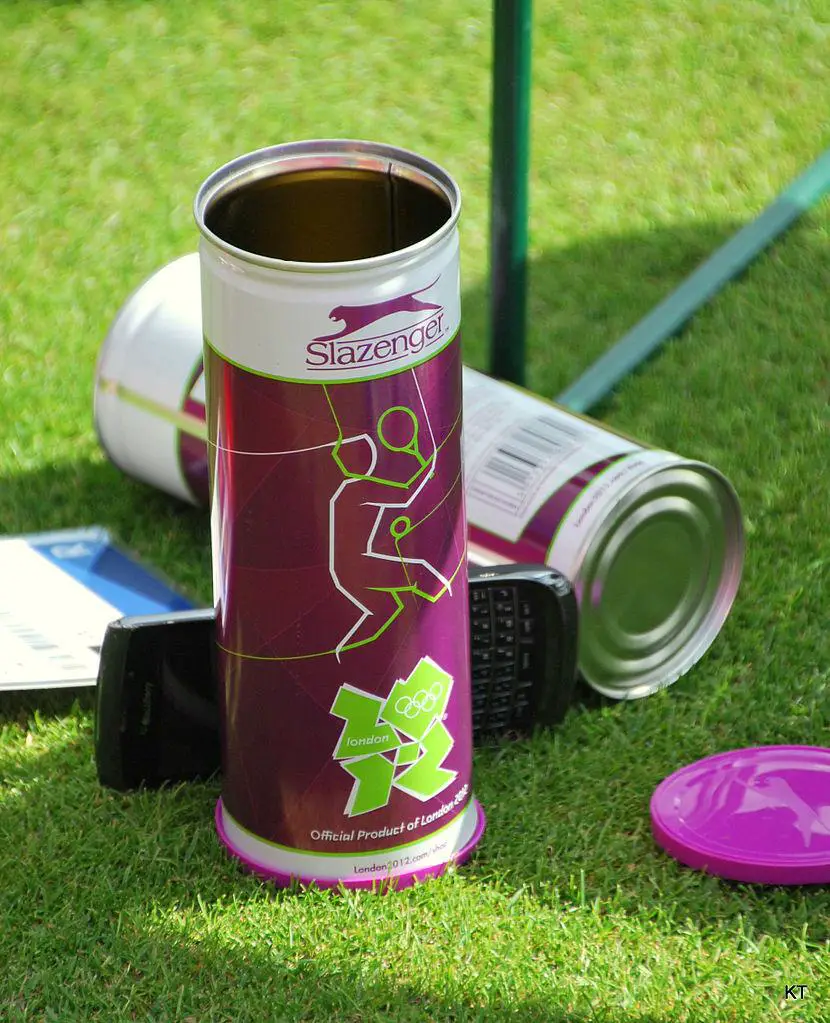
Pressurization Process
When it comes to tennis ball cans, there’s more to them than meets the eye The pressurization process plays a crucial role in maintaining the quality and performance of these little yellow spheres
How It Works
Vacuum sealing is the key to keeping tennis balls fresh and bouncy Each can is carefully sealed to create an airtight environment, preventing air from entering or escaping But what’s inside those cans?
The gas composition inside tennis ball cans consists of nitrogen and small amounts of oxygen Nitrogen helps regulate the pressure within the can, ensuring that the balls stay properly pressurized
Benefits of Pressurization
Pressurizing tennis ball cans offers several benefits that are essential for both players and manufacturers alike
- Prolonged Shelf-Life: By sealing out air, pressurized cans help extend the shelf-life of tennis balls This means they remain playable for longer periods, reducing waste and saving money in the long run
- Maintaining Bounce and Performance Quality: The right amount of pressure keeps the balls at their optimal bounce level This ensures consistent performance on the court, allowing players to make accurate shots without worrying about unpredictable ball behavior
Tennis Ball Manufacturing Materials
Tennis balls are made up of various materials that contribute to their unique characteristics
Rubber Core Composition
The core of a tennis ball is typically composed of natural rubber latex or synthetic rubber compounds
- Natural Rubber Latex: Derived from rubber tree sap, natural rubber latex offers excellent bounce and elasticity It provides a lively feel to the ball, enhancing the overall playing experience
- Synthetic Rubber Compounds: Some tennis balls use synthetic rubber compounds, which are designed to mimic the properties of natural rubber These compounds offer durability and consistent performance, giving players a reliable ball that holds up well over time
Felt Covering and Adhesive Substances
The outer felt covering of a tennis ball is made from a blend of wool and synthetic fibers This combination provides the necessary grip and durability required for optimal play on different court surfaces
Adhesive substances are used to secure the felt onto the rubber core, ensuring it stays intact during intense gameplay These adhesives undergo rigorous testing to ensure they meet safety standards and do not affect the ball’s performance
Comparing Different Tennis Ball Packaging Methods
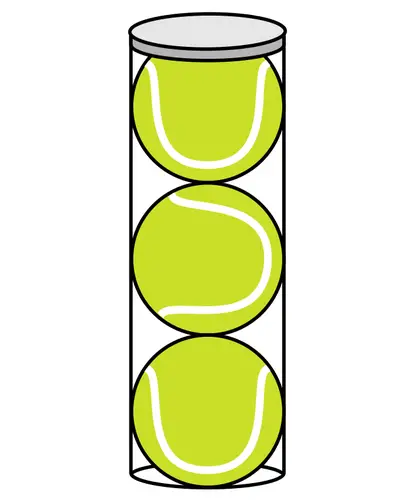
When it comes to packaging tennis balls, there are two primary methods: pressurized cans and non-pressurized containers such as bags or boxes Each method has its own advantages and disadvantages that can impact the overall quality of the product and the experience for consumers
Pressurized Cans
Pressurized cans have long been the traditional choice for tennis ball packaging The main advantage of this method is that it helps maintain the ball’s longevity and performance By sealing the balls in a pressurized environment, they retain their bounce for an extended period of time, ensuring consistent gameplay
However, pressurized cans also come with a downside They tend to be more expensive compared to non-pressurized containers The additional manufacturing process required to create these cans adds to the overall cost, which is ultimately passed on to consumers
Non-Pressurized Containers
In recent years, non-pressurized containers like bags or boxes have gained popularity as an alternative packaging method for tennis balls One advantage of using these containers is their lower cost compared to pressurized cans This makes them more affordable for both casual players and those on a budget
However, one drawback of non-pressurized containers is that they may not provide the same level of longevity and performance as pressurized cans Without the sealed environment, tennis balls stored in bags or boxes may lose their bounce faster over time
Environmental Concerns and Sustainability Considerations
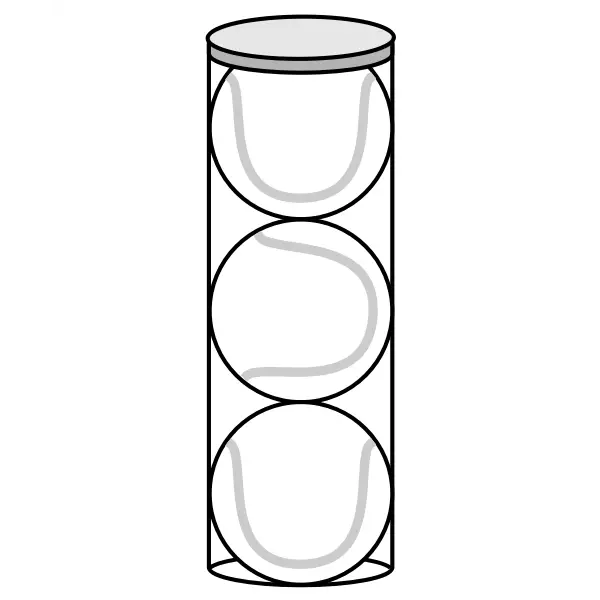
Materials Used in Packaging Production
The materials used in tennis ball packaging production also play a role in environmental impact Pressurized cans typically consist of aluminum or steel with plastic lids While these materials are recyclable, the process of separating the components can be challenging and may result in a lower recycling rate
On the other hand, non-pressurized containers like plastic bags or cardboard boxes offer more straightforward recycling options Plastic bags can be recycled through various programs, and cardboard boxes are commonly accepted in curbside recycling programs
Waste Production and Recycling Options
The choice of packaging method also affects waste production and recycling options Pressurized cans generate more waste due to their design and composition The metal cans and plastic lids need to be properly disposed of or recycled, adding to the overall environmental footprint
In contrast, non-pressurized containers like plastic bags or cardboard boxes produce less waste These materials can be easily separated for recycling or reused for other purposes
In conclusion,
the choice between pressurized cans and non-pressurized containers for tennis ball packaging involves a trade-off between product longevity, performance, cost, and environmental impact Understanding these factors can help consumers make an informed decision based on their individual needs and priorities
Conclusion: Understanding the Importance of Tennis Ball Cans
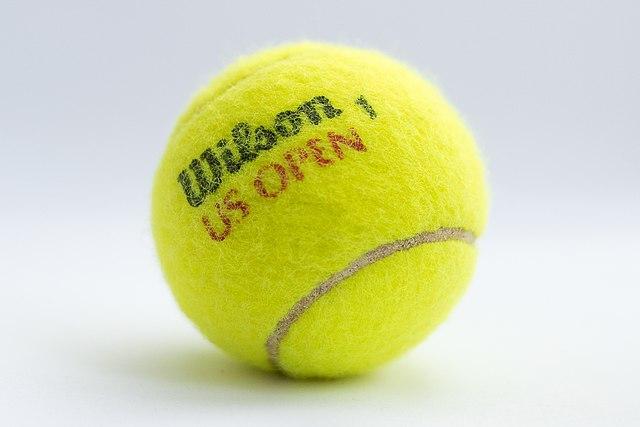
After exploring the intricacies of tennis ball packaging, it becomes clear that cans play a vital role in preserving the quality and performance of these essential sporting accessories Throughout this article, we have highlighted several key points that emphasize why tennis balls are packaged in cans
The Role of Pressurization
As discussed earlier, pressurization is a critical factor in maintaining the freshness and bounce of tennis balls By sealing them in pressurized cans, manufacturers can prevent air from escaping and keep the internal pressure intact This ensures that when players open a new can of tennis balls, they experience optimal performance right from the first serve
Different Materials for Manufacturing Tennis Balls
Tennis balls are made using various materials such as rubber, felt, and synthetic fibers These materials undergo rigorous manufacturing processes to create a durable and consistent product However, without proper packaging, exposure to external elements like moisture or dust could compromise their integrity Cans provide an effective barrier against such threats, safeguarding the quality of the tennis balls inside
Comparison Between Packaging Methods
We have also examined different packaging methods used for tennis balls, including plastic bags and tubes While these alternatives may offer convenience or cost savings for some manufacturers, they fall short when it comes to maintaining industry standards and ensuring consistent quality across all brands The can remains the preferred choice due to its ability to preserve pressurization levels effectively
Final Thoughts on Tennis Ball Can Packaging
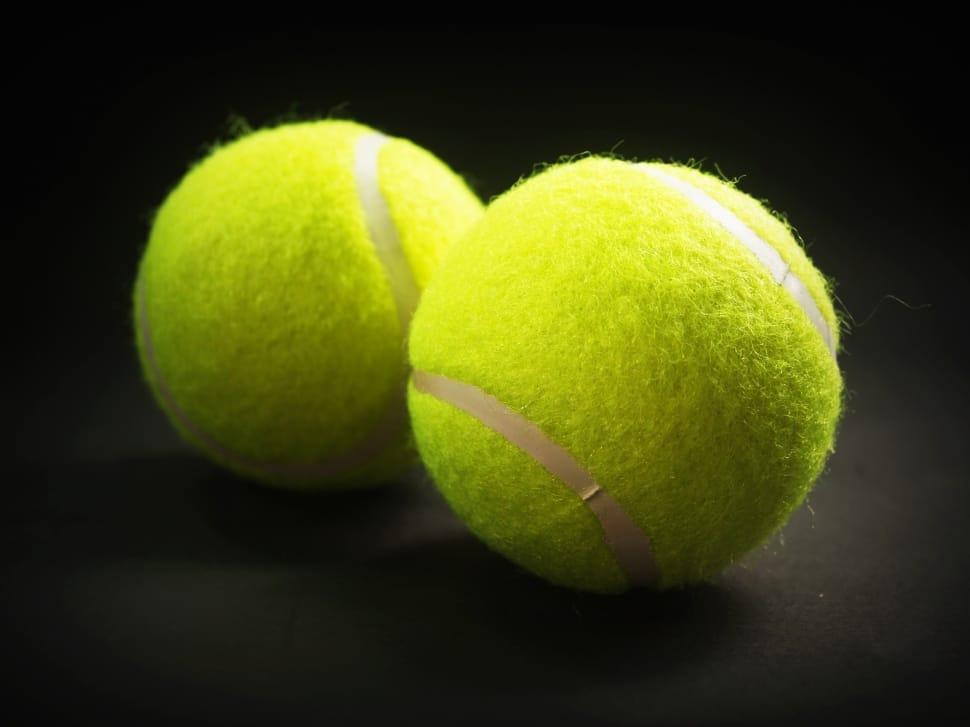
Ensuring Optimal Performance for Players
Tennis players at all levels rely on consistent ball characteristics during matches or practice sessions The use of cans guarantees that each ball maintains its intended pressure level until it is ready to be used This consistency allows players to focus on technique and strategy, knowing that their tennis balls will deliver the desired performance
Maintaining Industry Standards Across Manufacturers
The standardized use of cans in tennis ball packaging ensures that all manufacturers adhere to a set of quality norms This fosters fair competition within the industry and provides consumers with confidence in the products they purchase By upholding these standards, manufacturers can collectively elevate the overall quality and performance of tennis balls
Encouraging Continuous Innovation in Packaging Methods
The prevalence of cans as the primary packaging method for tennis balls has not stifled innovation within the industry On the contrary, manufacturers continually explore new materials, designs, and technologies to enhance product preservation and sustainability The use of cans acts as a foundation for ongoing research and development efforts aimed at improving the overall player experience
In conclusion, tennis ball cans serve as more than just containers for these sporting essentials They play a crucial role in maintaining optimal performance levels while ensuring industry-wide adherence to quality standards Additionally, their usage encourages continuous innovation within the field of packaging methods So next time you step onto the court with a fresh can of tennis balls, remember that it’s more than just convenience – it’s an integral part of your game!
Useful Links
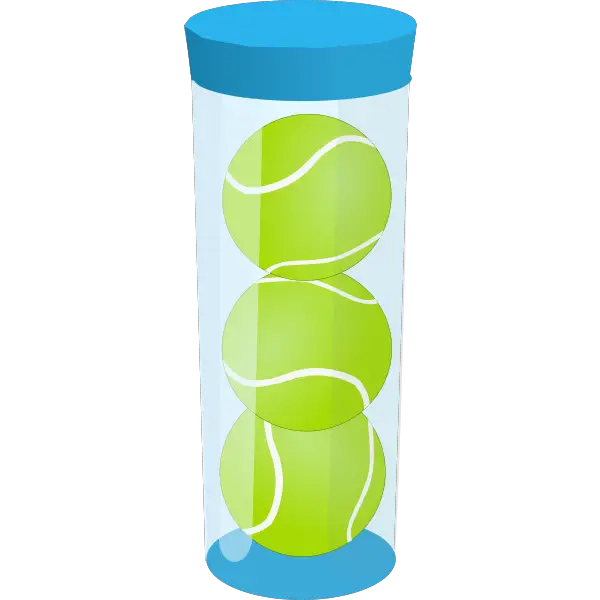
Pressureless Tennis Balls vs Pressurized …
Why Airtight?
Definition, Examples, and Common Questions About The Ball
Why Are Tennis Balls Vacuum Sealed?
The tennis ball cans – International Tennis Hall of Fame
Do Tennis Balls Last Longer In The Can? – The Racket Life
When Donuts & Tennis Balls Collide
Tennis Balls in a Can
Wilson Triniti Tennis Balls – 3 Ball Can/Sleeve
Tennis Balls in a Can
Tennis ball
Are Tennis Balls Safe for Dogs?
Why Do Tennis Balls Come in Pressurized Cans?
Tennis Ball Cans
Penn Championship Extra Duty Tennis Balls – 12 Can Pack
The Dangers of Tennis Balls – Sierra Veterinary Hospital
What is a Lifetime Supply of Tennis Balls?






